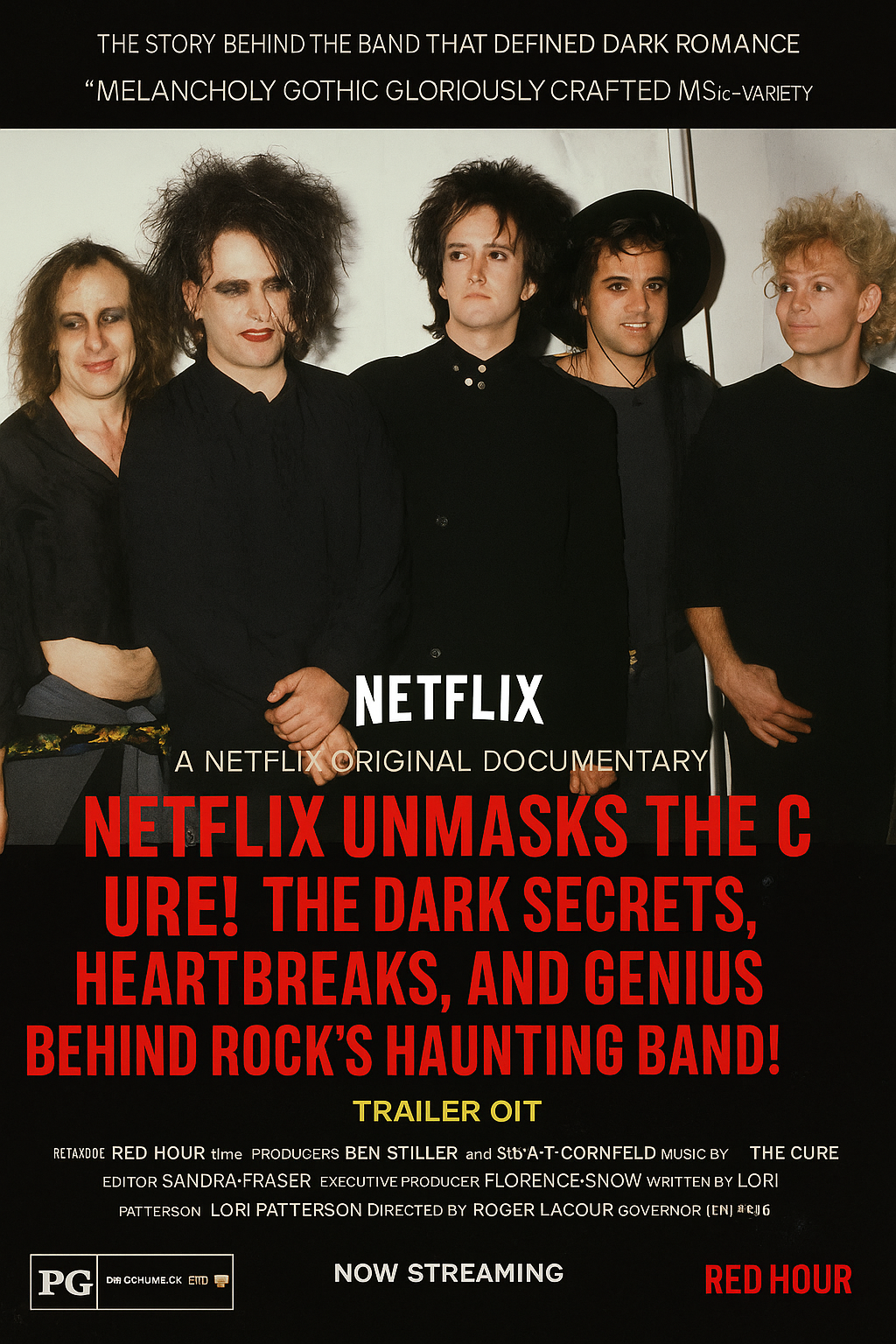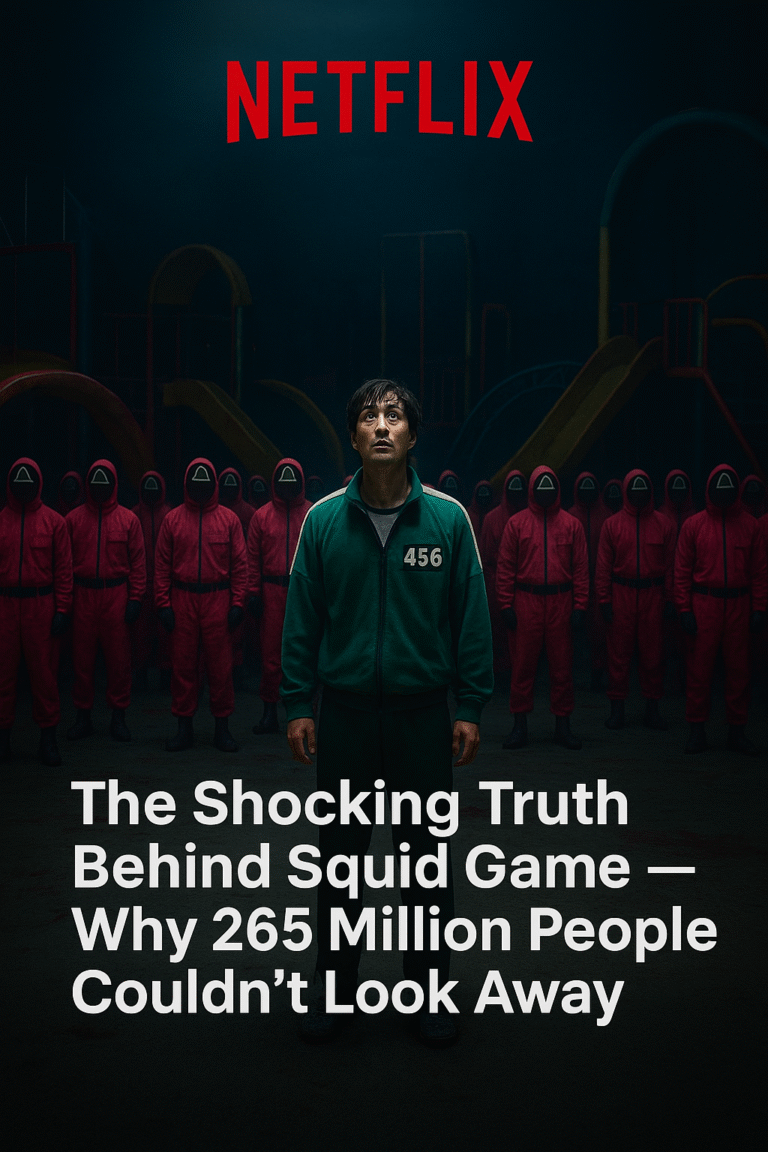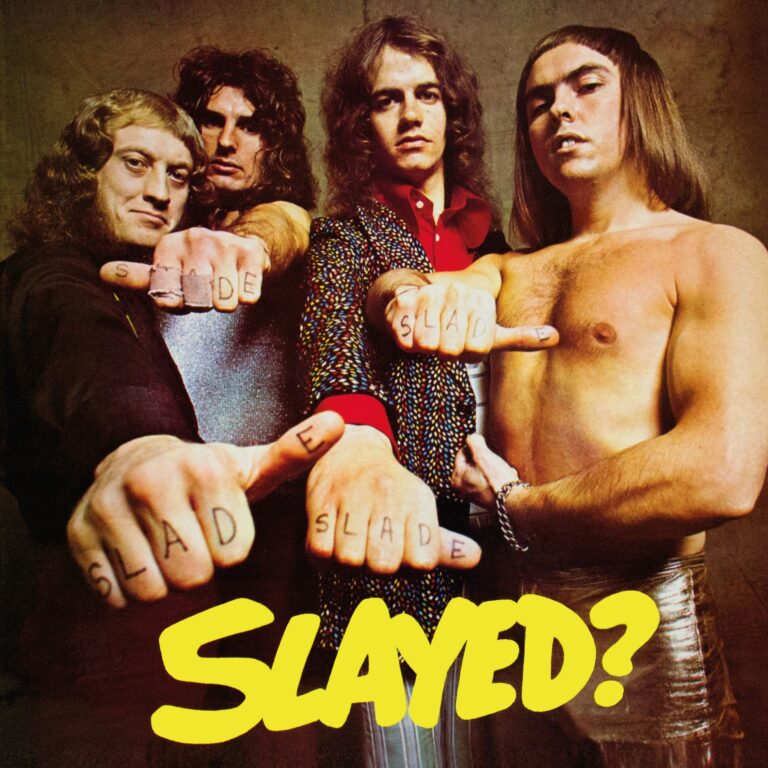
Netflix’s latest documentary series takes music fans into the hauntingly beautiful world of The Cure, one of the most influential and enigmatic bands of the post-punk era. Known for their melancholic lyrics, shimmering guitars, and Robert Smith’s iconic voice and look, The Cure defined a generation of outsiders. The series, simply titled The Cure: Disintegration and Beyond, gives viewers an intimate look at the band’s evolution—from their early gothic soundscapes to their mainstream success, and the personal struggles that shaped their music.
Each episode captures a different phase of The Cure’s journey, weaving rare footage, emotional interviews, and never-before-seen studio moments. Netflix succeeds in peeling back the layers of mystery surrounding Robert Smith, the band’s creative heart, showing both his vulnerability and his fierce commitment to artistic honesty. Fans are treated to glimpses of the recording sessions for Faith, Pornography, and Disintegration, moments that reveal the tension and beauty behind some of rock’s most haunting songs.
The documentary also dives into the band’s turbulent lineup changes and the emotional weight of fame. Former members share raw, reflective accounts of the highs and lows that came with being part of such an emotionally intense project. The candid discussions about burnout, artistic differences, and mental health make The Cure: Disintegration and Beyond not just a music documentary, but a deeply human story of resilience and self-expression.
Visually, the series mirrors the band’s aesthetic—moody lighting, blurred edges, and a dreamlike flow that perfectly complements their sonic atmosphere. The producers clearly took inspiration from the band’s music videos and stage designs, making every frame feel like it belongs to The Cure’s unique world. Combined with archival concert clips and poetic narration from Robert Smith himself, the show feels like a dark love letter to decades of emotional honesty in music.
One of the standout moments comes when the band reflects on their massive Wish tour and how songs like “Friday I’m in Love” balanced darkness with light. The series doesn’t shy away from contradictions—it celebrates them. The Cure’s ability to write music that was simultaneously heart-wrenching and uplifting is what makes them timeless, and Netflix captures that duality with remarkable sensitivity.
The series premiered on November 5, 2025, and quickly rose to the top of Netflix’s global charts, striking a chord with both longtime fans and new listeners. Social media buzzed with nostalgia, with fans revisiting their favorite albums and sharing stories of how The Cure’s music helped them through love, loss, and loneliness. For many, the documentary felt less like a show and more like a reunion with an old friend who always understood.
Critics have praised the balance of artistry and authenticity in the storytelling. The inclusion of live performances, journal readings, and emotional retrospectives creates a multi-layered narrative that transcends the typical music doc format. Every episode feels deeply personal, as if the viewer is being invited into the heart of The Cure’s creative process—one defined by chaos, beauty, and a refusal to conform.
By the end of the series, viewers are left not only with a deeper appreciation for The Cure’s legacy but also with an understanding of how their music continues to speak to every generation that feels a little lost, a little different, and a little hopeful. The Cure: Disintegration and Beyond isn’t just a chronicle of a band—it’s a reminder that melancholy can be beautiful, and that in sadness, there can still be light.



